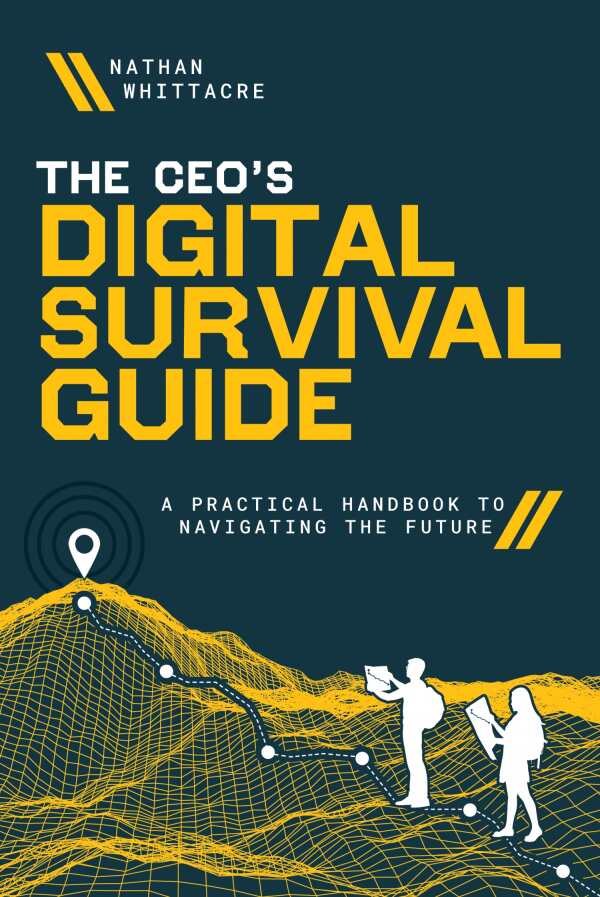The CEO's Digital Survival Guide
A Practical Handbook to Navigating the Future
Explaining information technology—and why it should be a priority—with clarity, The CEO’s Digital Survival Guide is a valuable business development book.
Nathan Whittacre’s informative business book The CEO’s Digital Survival Guide demystifies cybersecurity alongside tips for protecting organizations.
A mixture of anecdotal and news-related evidence buttresses the book’s main argument: that most successful companies take a careful approach to IT. Taking a top-down approach, this book explains where technology is vulnerable to computer hackers, waste, and abuse. It covers a broad range of issues, including internal and external cybersecurity, network management, and compliance. It argues that company decision-makers should be involved in information technology decisions, as they have severe financial implications for companies. Indeed, Whittacre uses examples from his IT firm to illustrate the importance of following rules like software licensing fees, with an anecdote about a company that paid thousands of dollars in fees for not doing so. Such arguments are further supported by effective graphics, as with those that break down power allocation for servers, among other key infrastructure considerations.
Some of the book’s advice is common sense—it encourages leaders to choose powerful passwords, for example. But as it moves toward its more complex material, such as its guidance on building networks and leading a workforce of remote workers, it becomes more distinctive. Its suggestions for helping staff members understand the risks of social engineering are of particular relevance.
Structured to read like a hiking trail guide—one that highlights interesting “side trails” and extant dangers—the book is less tech-minded in its conceit. This organization also leads to discursions on hiking itself, including stories from the John Muir Trail that have both a humanizing and a distracting effect. Still, the bulk of its work is focused on IT, beginning with a detailed self-assessment that asks leaders to evaluate their organization’s IT responsibilities, focusing on important competencies around infrastructure, disaster preparedness, and the cloud. It then turns to a brief overview of business strategies, discussing topics like organizational connections to internet and the technological limitations of different networking approaches. It argues that while IT has become complex, it can be understood by everyone if some basics in vocabulary and concepts are grasped. To that end, each chapter includes a concise collection of keywords to help break free from industry insider-speak, as with an explanation of the differences between “white hat” and a “black hat” hackers and why they matter.
Explaining information technology—and why it should be a priority—with clarity, The CEO’s Digital Survival Guide is a valuable business development book.
Reviewed by
Jeremiah Rood
Disclosure: This article is not an endorsement, but a review. The publisher of this book provided free copies of the book and paid a small fee to have their book reviewed by a professional reviewer. Foreword Reviews and Clarion Reviews make no guarantee that the publisher will receive a positive review. Foreword Magazine, Inc. is disclosing this in accordance with the Federal Trade Commission’s 16 CFR, Part 255.

